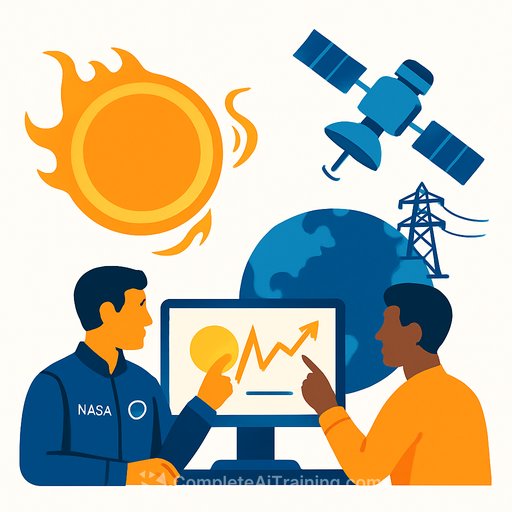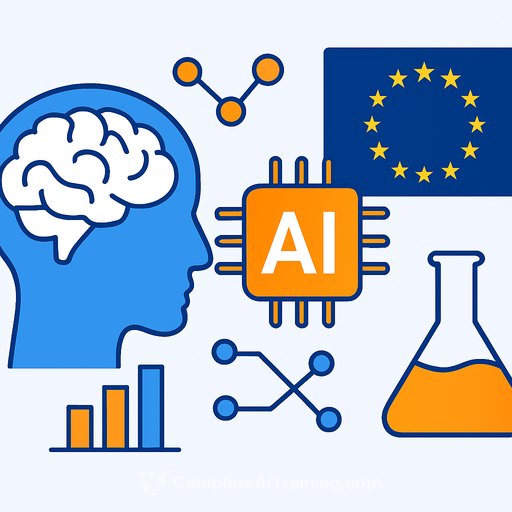NASA and IBM’s Surya AI Model Advances Solar Science
NASA has introduced Surya, a heliophysics foundation AI model developed in partnership with IBM and other collaborators. Trained on nine years of data from NASA’s Solar Dynamics Observatory (SDO), Surya analyzes vast amounts of solar observations to improve predictions of solar eruptions and space weather events.
These space weather events, such as solar flares and coronal mass ejections (CMEs), can disrupt satellite operations, communication systems, and power grids on Earth. Surya’s ability to forecast solar flares up to two hours in advance represents a significant advancement in operational space weather prediction, outperforming previous models by 16% in accuracy.
Data and Model Architecture
The Solar Dynamics Observatory, launched in 2010, has provided an uninterrupted, high-resolution record of the Sun for nearly 15 years. It captures images every 12 seconds across multiple wavelengths and measures magnetic fields with precision. This extensive and stable dataset is ideal for training AI models like Surya, allowing detection of subtle solar patterns across an entire solar cycle.
Surya’s foundation model architecture learns directly from raw solar data without requiring extensive labeling. It adapts quickly to different tasks including tracking active solar regions, predicting flare activity, estimating solar wind speed, and integrating data from other missions like the Solar and Heliospheric Observatory and the Parker Solar Probe.
Applications and Impact
Solar storms pose risks to technologies critical to modern life. They can cause GPS errors, disrupt satellite communications, overload power grids, and increase radiation exposure for high-altitude flights and astronauts. Accurate forecasting of these events supports early warnings for satellite operators and helps protect infrastructure.
Surya’s predictions closely match observed solar flare events, which is a promising indication of the model’s ability to understand solar physics and forecast flare evolution from initial phases. This capability is essential for safeguarding satellites, power systems, and human spaceflight missions, especially those venturing beyond low Earth orbit.
Open Access and Collaborative Development
NASA has made Surya’s model available on HuggingFace and its code on GitHub, encouraging the scientific community to explore and build on this AI tool. The project benefits from contributions by NASA centers, universities, and industry partners, supported by initiatives like the National Artificial Intelligence Research Resource (NAIRR) Pilot and the National Science Foundation (NSF).
- Surya was developed by the Interagency Implementation and Advanced Concepts Team (IMPACT) at NASA’s Marshall Space Flight Center, IBM, and a collaborative science team.
- Partner institutions include Southwest Research Institute, University of Alabama in Huntsville, University of Colorado Boulder, Georgia State University, Princeton University, and the SETI Institute.
Broader Implications for AI in Science
While Surya focuses on solar science, its foundation model approach is adaptable to other scientific domains such as planetary science and Earth observation. By leveraging continuous, well-calibrated datasets, AI models like Surya can accelerate discovery and improve forecasting across multiple fields.
Surya exemplifies NASA’s commitment to developing open-access AI tools that support research, education, and operational applications. Researchers and students worldwide can access the model and training data, lowering barriers to innovation.
Additional Resources
For more about Surya’s architecture, collaborations, and development challenges, visit NASA’s Science Data Portal blog: Inside Surya: Solar AI Model.
Learn about NASA’s strategy for AI-powered science at: NASA Artificial Intelligence for Science.
Your membership also unlocks:






